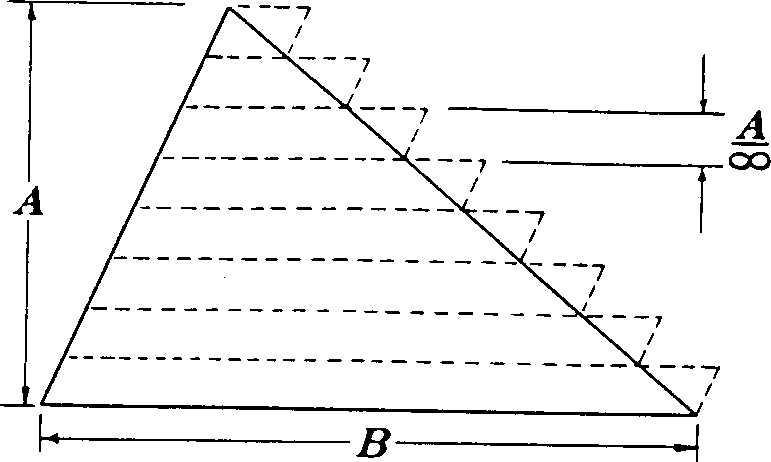Michel Lartillier a trouvé pour nous dans
The History of Mathematical Symbols
By Douglas Weaver
The symbol for infinity

John Wallis (1616-1703) was one of the most original English mathematicians of his day. He was educated for the Church at Cambridge and entered Holy Orders, but his genius was employed chiefly in the study of mathematics. The Arithmetica infinitorum, published in 1655, is his greatest work. (Cajori p183)
This symbol for infinity is first found in print in his 1655 publication Arithmetica Infinitorum. It may have been suggested by the fact that the Romans commonly used this symbol for a thousand, just as today the word “myriad” is used for any large number, although in the Greek it meant ten thousand. The symbol was used in expressions such as, in 1695, "jam numerus incrementorum est (infinity)." (Smith p413)
The symbol for infinity, first chosen by John Wallis in 1655, stands for a concept which has given mathematicians problems since the time of the ancient Greeks. A case in point is that of Zeno of Elea (in southern Italy) who, in the 5th century BC, proposed four paradoxes which addressed whether magnitudes (lengths or numbers) are infinitely divisible or made up of a large number of small indivisible parts. (Brinkworth and Scott p80)

Wallis thought of a triangle, base length B, as composed of an infinite number of “very thin” parallelograms whose areas (from vertex to base of the triangle) form an arithmetic progression with 0 for the first term and ( A /(infinity)). B for the last term - since the last parallelogram (along the base B of the triangle) has altitude (A/(infinity)) and base B.
The area of the triangle is the sum of the arithmetic progression
O + . . . . + (A/(infinity)).B
= (number of terms/2). (first + last term)
=(infinity/2).(0+(A/(infinity)).B)
=(infinity/2).(A/(infinity)).B
=(A-B)/2
(NCTM p413)
CAJORI, FLORIAN "A History of Mathematics", The Macmillan Company 1926
SMITH, D.E. "History of Mathematics" volume II, Dover Publications 1958
BRINKWORTH & SCOTT "The Making of Mathematics", The Australian Association of Mathematics Inc. 1994
THE NATIONAL COUNCIL OF TEACHERS OF MATHEMATICS, "Historical Topics for the Mathematics Classroom", National Council of Teachers of Mathematics (USA) 1969
- Podcast et RSS
- Plan
- Contact
- Mentions
- Aide
- Rédaction
- Se connecter

-
2006-2024 © UREM-ULB :
Unité de Recherche sur l’Enseignement des Mathématiques - Tous droits réservésCe site est géré sous SPIP 3.2.8 et utilise le squelette EVA-Web 4.2

Dernière mise à jour : mercredi 14 avril 2021

